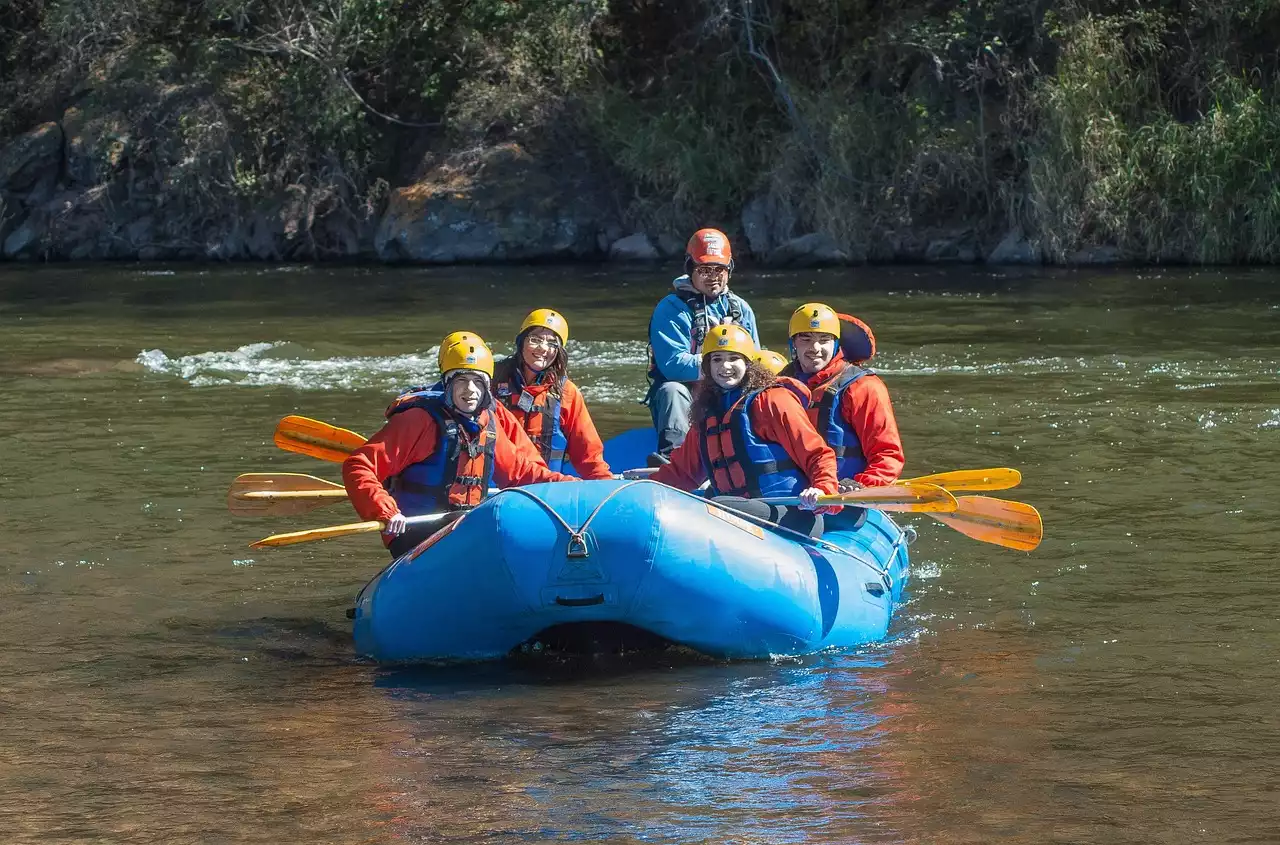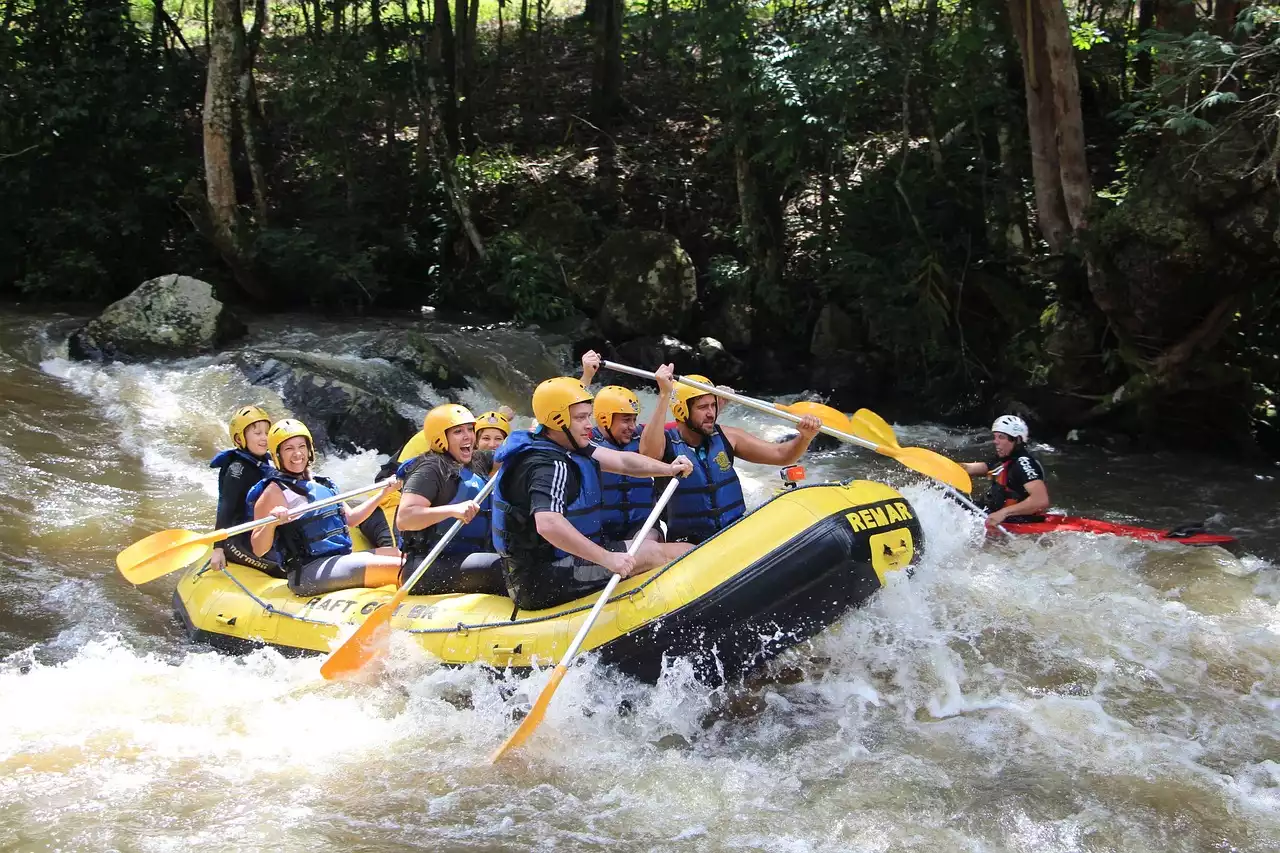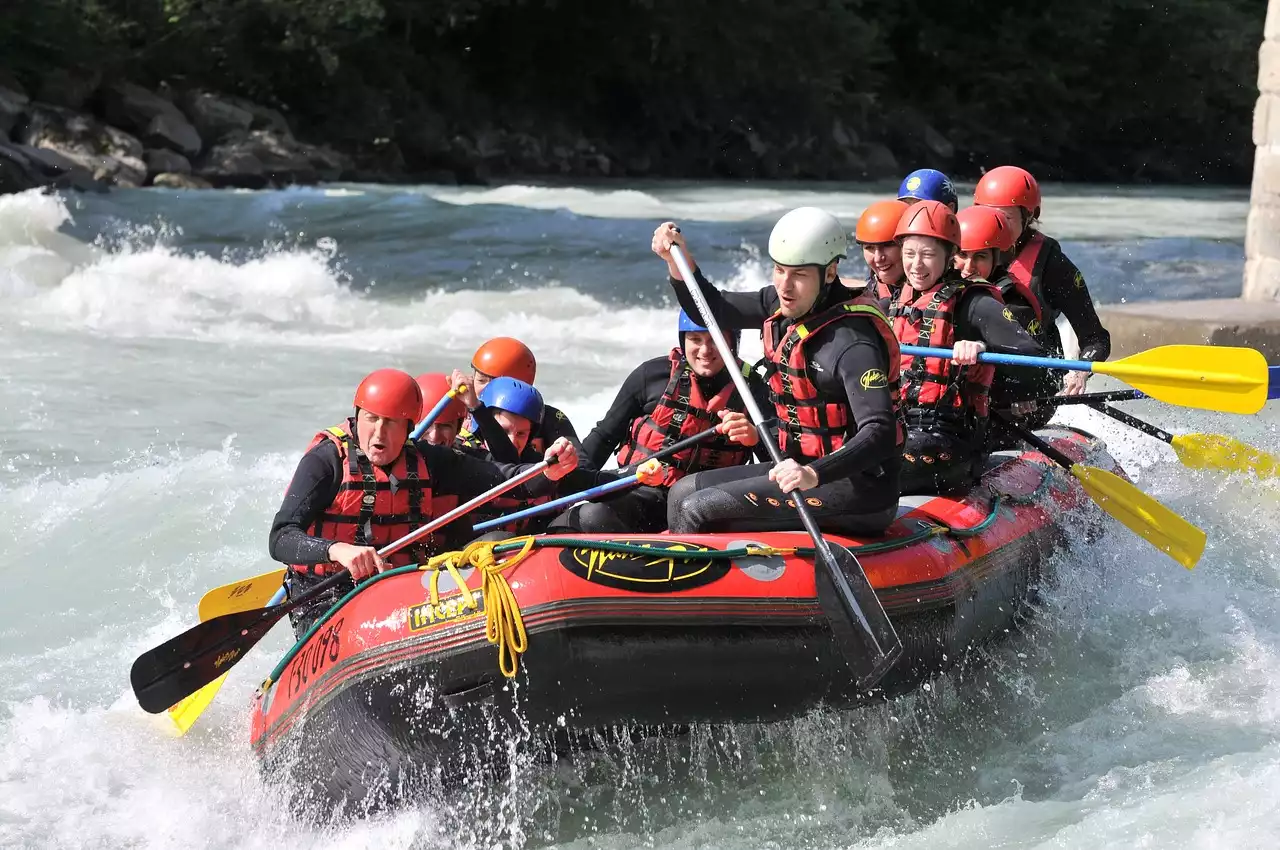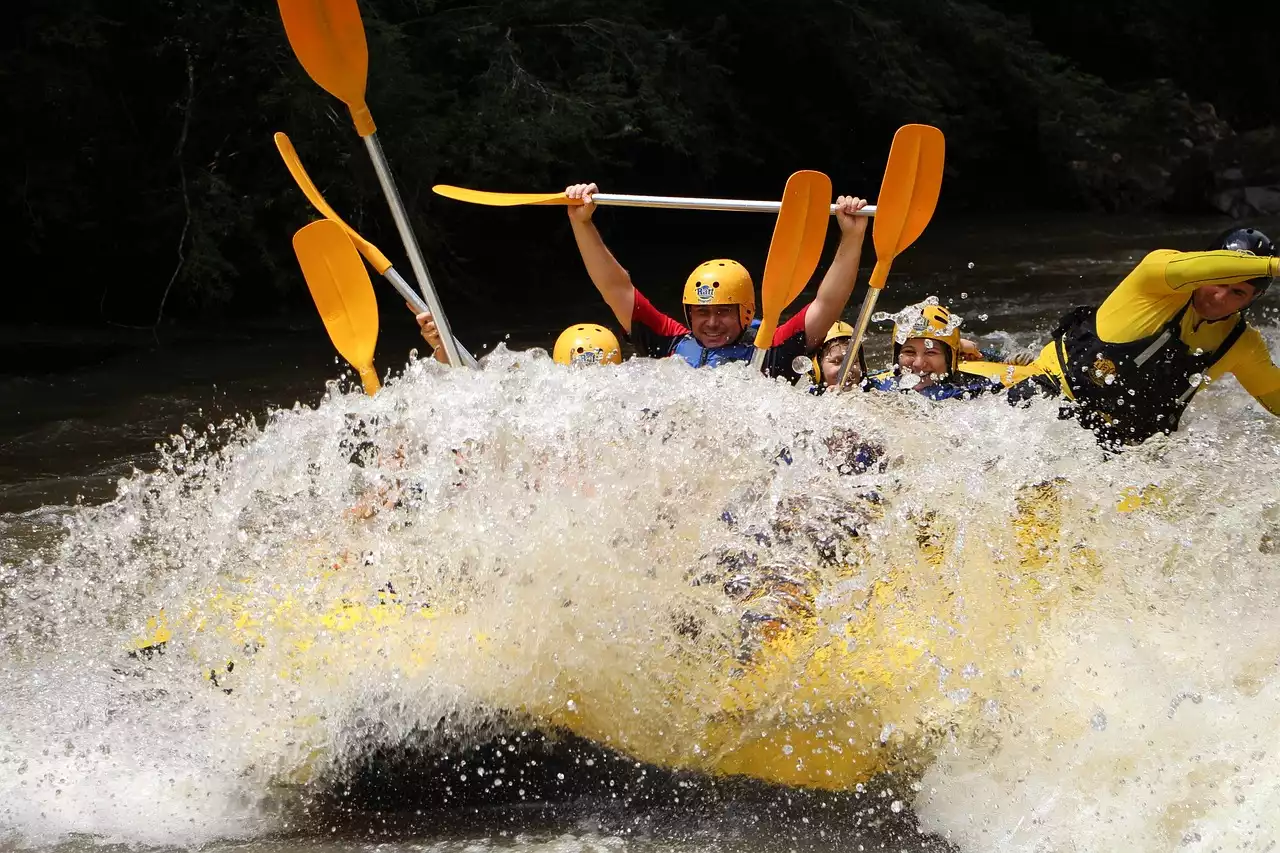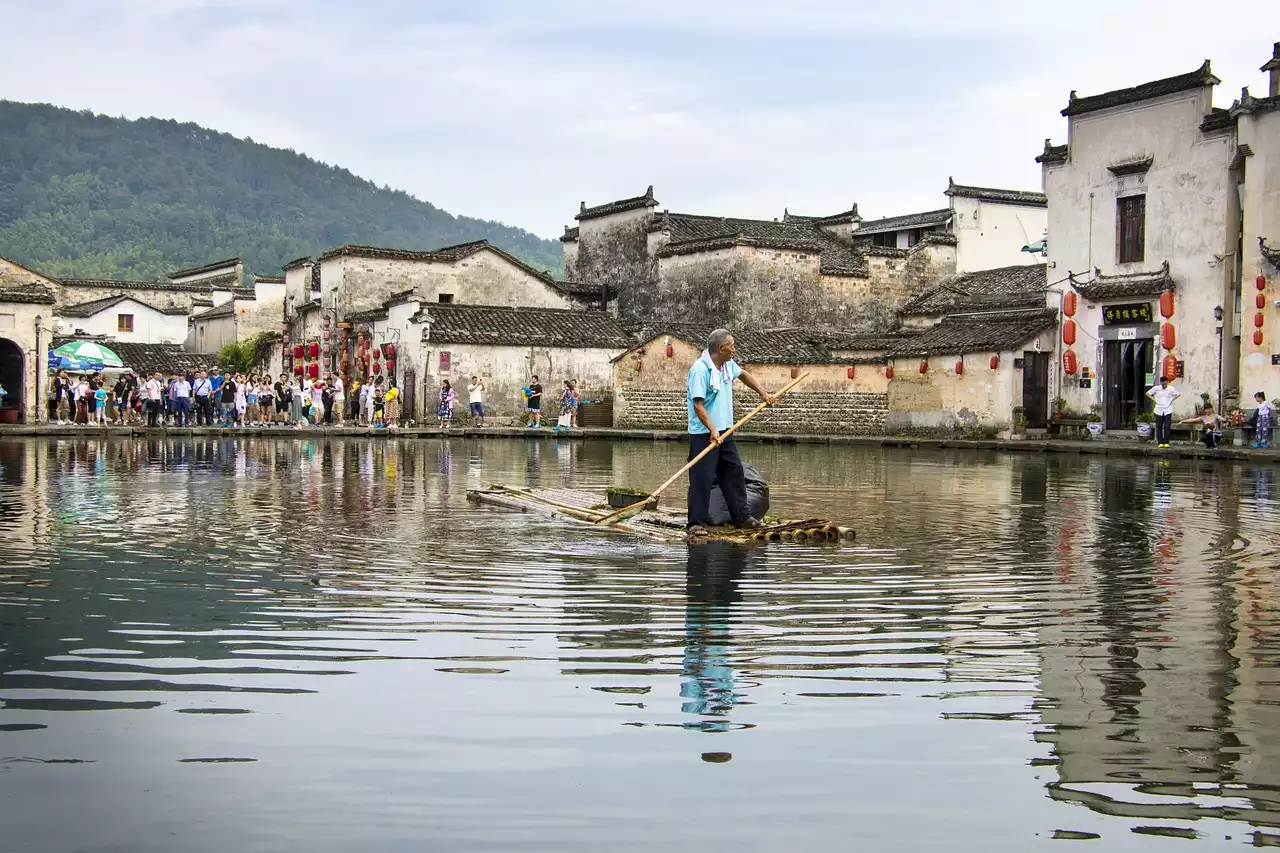History and Evolution of Rafting Culture
Rafting has a long and interesting history that dates back to the beginning of civilization. In ancient times, rafts were used to transport goods and people across rivers. Over time, people began to use rafts for recreation, and this led to the development of modern-day rafting. The first commercial rafting trip took place in 1869, when John Wesley Powell and his crew navigated the Colorado River through the Grand Canyon.
As the popularity of rafting grew, so did the culture and community of rafters. Today, rafting is a way of life for many people, and the culture has evolved to include traditions and rituals that define the community. Rafting companies have also emerged, providing equipment, guides, and support services to make the experience more accessible to everyone.
The Community of Rafters
Rafting is not just an individual sport, but a community of like-minded people who share a passion for adventure and the outdoors. The community of rafters is diverse, with people from all walks of life coming together to share their love of rafting. Rafters are known for their camaraderie, and it's not uncommon for strangers to become lifelong friends after a rafting trip.
The community of rafters is also defined by its traditions and rituals. For example, it's customary for rafters to share a meal together after a day on the water, where they can bond over their shared experiences. Rafters also have their own language and terminology, which helps to build a sense of identity and belonging within the community.
Rafting Lingo and Terminology
Rafting has its own language and terminology, which can be confusing for newcomers. However, learning the lingo is an important part of becoming a part of the rafting community. Some common terms include:
- Put-in: The starting point for a rafting trip.
- Take-out: The end point for a rafting trip.
- Rapids: Sections of a river where the water is turbulent and fast-moving.
- Eddy: A calm spot in the river where the water is moving in the opposite direction of the main current.
- PFD: Personal flotation device, also known as a life jacket.
- Guide: The person who steers the raft and provides instruction to the paddlers.
Learning the lingo is just one aspect of becoming a part of the rafting community. It's also important to understand the gear and equipment used in rafting.
Rafting Gear and Equipment
Rafting requires specialized gear and equipment to ensure safety and comfort on the water. The most important piece of equipment is the raft itself, which is an inflatable boat that can hold several people. Rafts come in different sizes and shapes, depending on the type of water you will be navigating.
Other important gear includes personal flotation devices, helmets, and paddles. Rafters also need to wear appropriate clothing, including wetsuits, drysuits, and water shoes. It's important to choose gear and equipment that fits properly and is appropriate for the conditions you will be facing.
Rafting Events and Festivals
Rafting events and festivals are a great way to connect with the rafting community and experience the sport in a new way. These events range from beginner-friendly rafting trips to competitive races and festivals. Some popular events include:
- Gauley Fest: A three-day festival in West Virginia that celebrates the whitewater season and raises money for river conservation.
- National Rafting Championships: An annual competition that brings together the best rafters from around the world.
- International Whitewater Festival: A week-long festival in Costa Rica that includes rafting, kayaking, and other adventure sports.
Attending these events is a great way to meet other rafters and experience the sport in a new and exciting way.
Health and Wellness Benefits of Rafting
Rafting is not just a fun and exciting sport, but also provides numerous health and wellness benefits. First and foremost, rafting is a great way to stay active and get exercise. Paddling through rapids and navigating the water requires strength, endurance, and agility.
Rafting is also a great way to reduce stress and improve mental health. Being in nature and experiencing the thrill of adventure can help to reduce anxiety and improve mood. Additionally, rafting can be a social activity, which can help to build connections and improve overall well-being.
Environmental Impact and Conservation Efforts in Rafting
Rafting is a sport that relies on the natural environment, and it's important to take steps to protect the rivers and waterways where we play. Rafting companies and the rafting community have a responsibility to minimize their impact on the environment and contribute to conservation efforts.
This includes practicing Leave No Trace principles, which means packing out all trash and minimizing any impact on the natural environment. Rafting companies can also partner with conservation organizations to support river conservation efforts and engage in sustainable practices.
Rafting Tourism and Local Economies
Rafting can also have a positive impact on local economies, particularly in areas where river tourism is a major industry. Rafting companies provide jobs and generate revenue for local businesses, such as restaurants, hotels, and outfitters.
However, it's important to ensure that rafting is being done in a sustainable and responsible way. This means supporting local conservation efforts and minimizing negative impacts on the environment and local communities.
Why Rafting is More Than Just a Sport
Rafting is more than just a sport or recreational activity, it's a way of life for many people. The culture and community of rafters is something special, filled with camaraderie, shared experiences, and a deep appreciation for the great outdoors. Rafting offers a unique opportunity to connect with nature, challenge yourself, and build lasting relationships with like-minded people.
Whether you're a seasoned rafter or just starting out, there's something special about the rafting lifestyle that keeps people coming back for more. So grab your paddle, strap on your helmet, and join us for a journey into the world of rafting.
